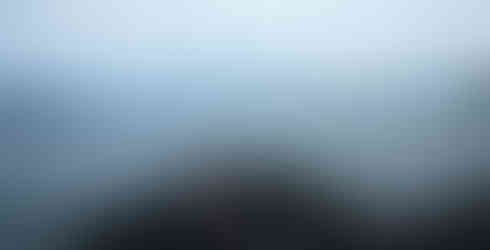"Sewage-Sampling"
- H
- 5. Nov. 2016
- 2 Min. Lesezeit

We are starting our scientific labor. Together with Professor Markus and his lab, we have identified an ideal sampling site in the Bay of Manado. Here, untreated waste water from a close hospital arrives via a small creek to the sea. We hope to find at least some corals which have survived Manado’s boom along the coastline. Fun fact: The coastline of Manado is entirely artificial and is built on a nice coral reef to build a gang of malls. The first glance at our sampling site is surprising. An astonishing diversity of apparently healthy colonies populates the sea floor. Disease prevalence among Acroporas is non-zero but near. As it is quite tricky to assess the health state of corals, we have serious doubts even with the finally as diseased sampled colonies. When we get out of the sewage-enriched water and look at each other, both of us are facing a pale face with blank eyes. Saving grace is four middle-aged Indonesian ladies, who stop us sweating like hell on our way back to our hotel room (laboratory/submarine base/multimedia center) and insist on taking selfies with us.

Back in the tiny hotel, room we discover the microbiology beast in us. Knowing that time is pressing we spend four continuous hours of high-speed tissue extraction and plating at an improvised clean bench surrounded by the odors of not really drying equipment, ethanol and ourselves. Then we grab a cab, need to use more than the appropriate amount of force to fit in our “baggage” and have to persuade the driver to race the usually 1,5h distance to our boat pick up in 45 minutes through tropical rainfall. When we arrive at the beach after an hour and a half, without any fingernails obviously, the boat crew deliberately invites us to sit, chat and drink with them for quite a while, before, without any hurry, we take off to Bangka. With our last bit of energy, we spread out the plates in the lab at Coral Eye.
One day later: No growth on the plates.
Two days later: No growth on the plates.
Three days later: A few single colonies appear randomly on different dilutions and controls. Looks like contamination. How could that be? What had gone so utterly wrong? And was all the work done lost?
It turned out that ‘yes’, the sampling and plating was for nothing. To find out what had been the problem, inhibiting the growth of bacterial cultures on our plates, took us significantly longer and more nerves than imagined. For people curious or challenged with an anyhow related task, we will provide a detailed report of the problem identification soon (will be available on this blog as soon as possible; further information available upon request).
























Kommentare